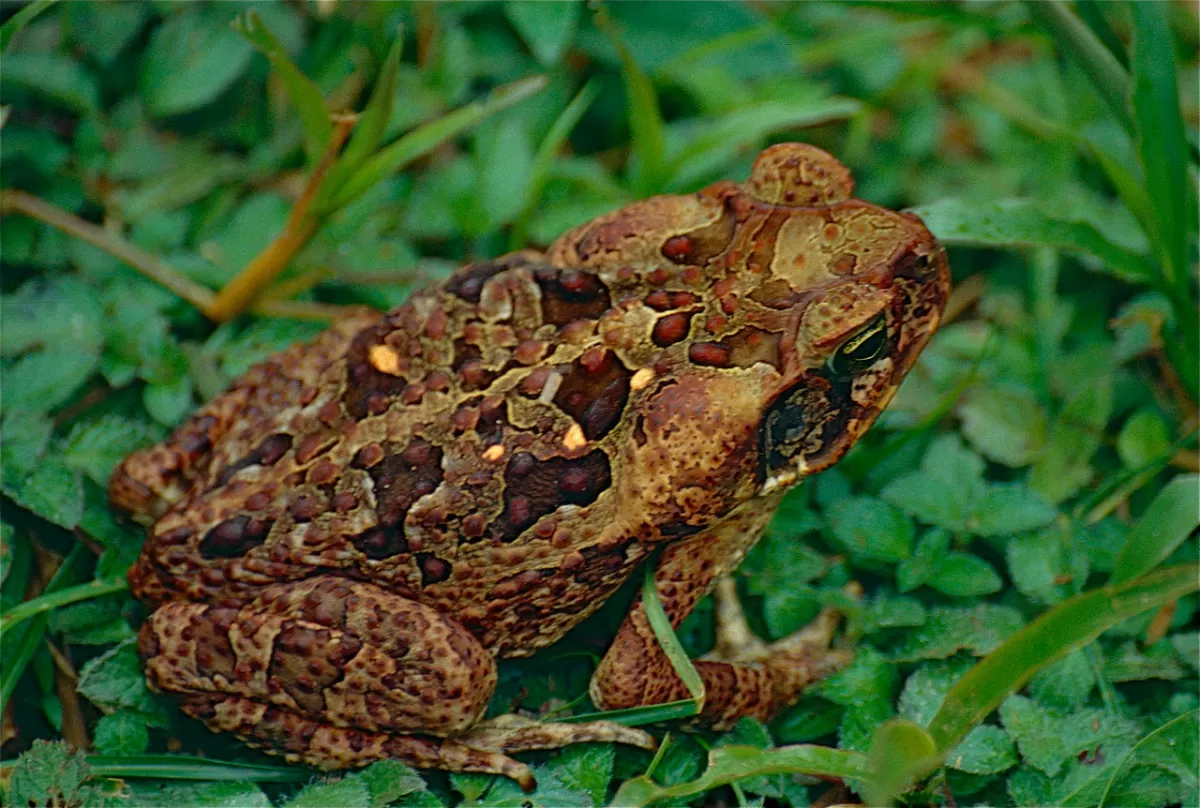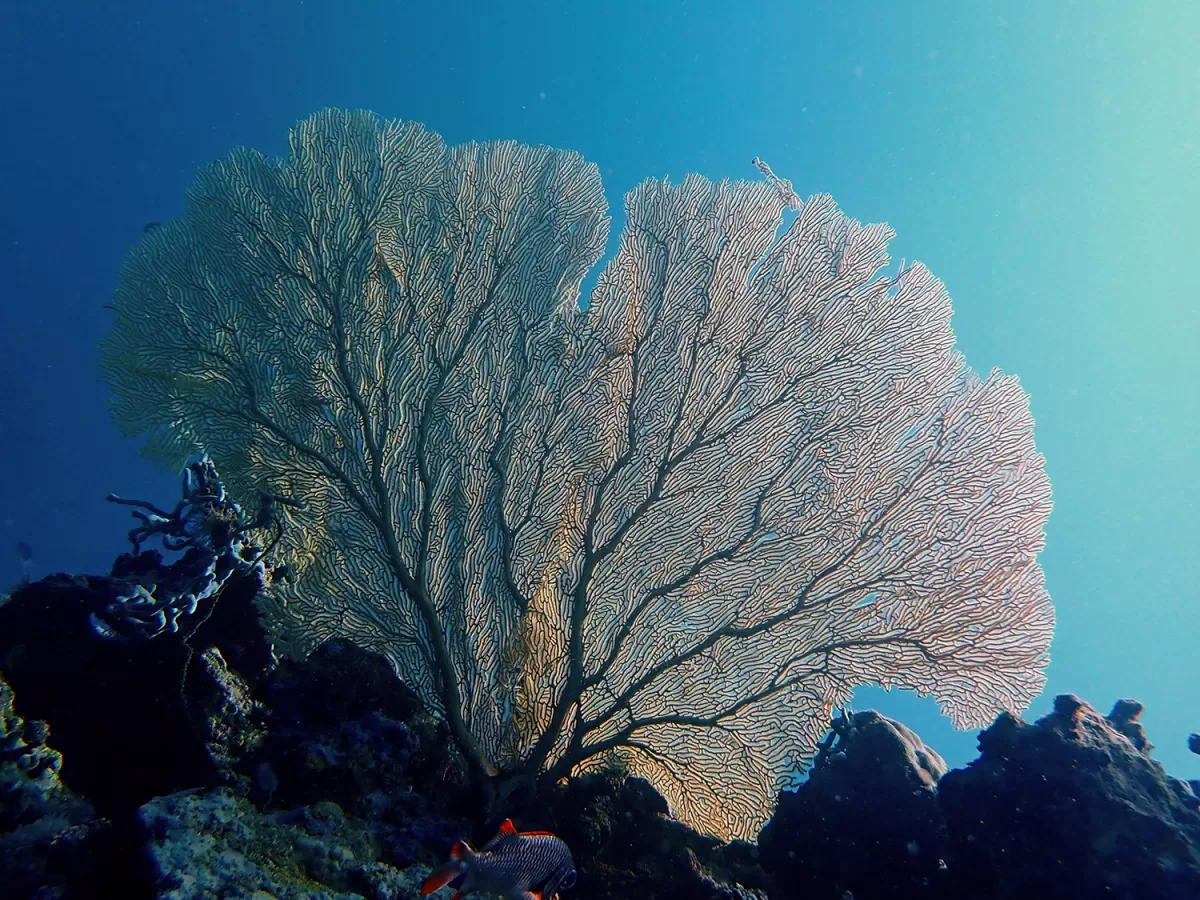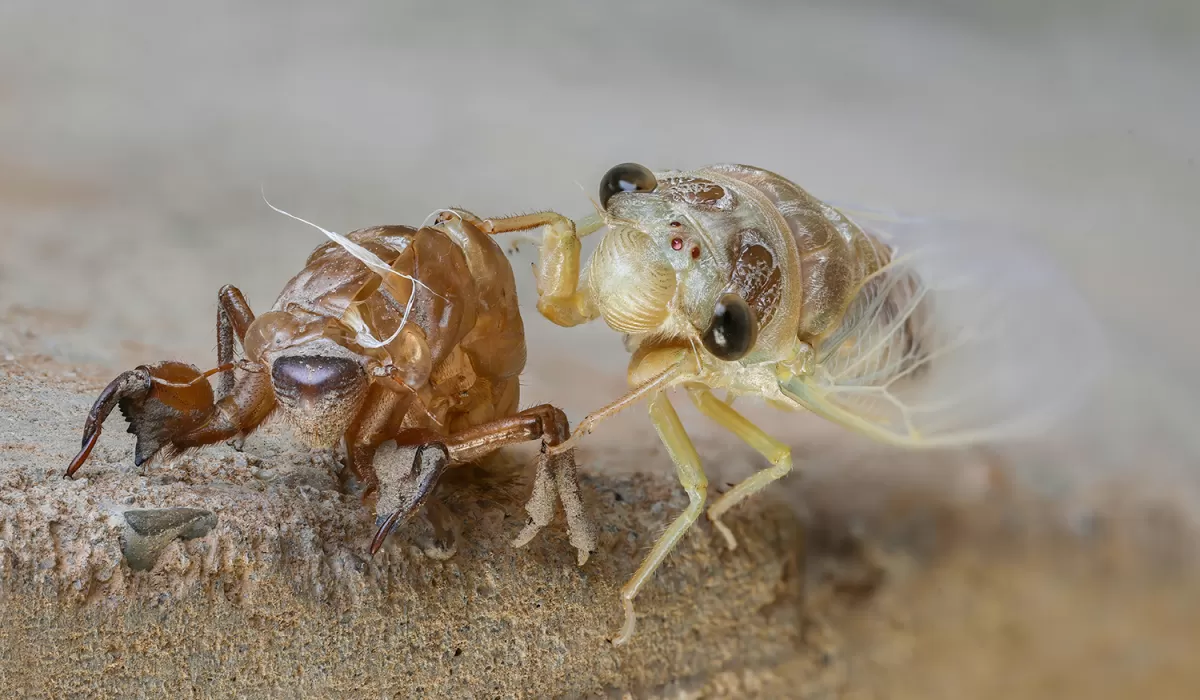
These museum collection objects illustrate how different types of skeletons help define how an organism looks and lives.
Introduction
A skeleton is a supportive framework for the body of an animal. Skeletons provide protection and support, while allowing for movement and growth. Skeletons of different animals can look quite different: A skeleton may be inside an animal’s soft body (internal), outside an animal’s soft body (external), or a combination.
How do skeletons support and protect a creature while allowing the animal to grow and to move? What does each type of skeleton mean for an animal’s lifestyle? Click on each object below to compare and contrast different types of skeletons.
Internal and External Skeletons

All backboned animals (vertebrates), including us, have internal skeletons (see the internal skeleton of the toad). Most animals without backbones (invertebrates) have external skeletons (see chiton, insect, sea biscuit), although some invertebrates have internal skeletons, too, although not made of bone like ours. They may be made of cartilage (like what connects our bones), cuticle (fingernail material), keratin (hair material), or even silica (ingredient of glass).
Then, you have the odd cases of animals for which you could argue that the skeleton is both internal and external! For example, a turtle skeleton is both the internal bones and the external shell, while a glass sponge skeleton is a framework around which web-like soft tissue is spread.
Whether internal or external, skeletons can be made of different materials. They can be bone, cartilage, or in the case of shells, calcium carbonate. Insect exoskeletons are made of chitin, which is similar to our fingernail material. Some sponges have skeletons made of glass.
Rigid and Flexible Skeletons

Comparing the skeletons across animals reveals a tradeoff between support and flexibility for movement.
Thinking about the human skeleton, our bones are rigid, but where we need flexibility we have cartilage (e.g., in ears and knees). Our bones are connected at joints that allow for movement, whether walking, swimming, or other types. Cartilage in our joints absorbs shock and allows efficient movement. Insects, which have hard exoskeletons, can move as well, thanks to jointed legs.
Flexible skeletons are important for animals that have to bend, either for swimming (eels) or withstanding waves (sea fans). Rigid skeletons are important for animals that have to sustain a lot of weight or grow really large (elephants).
Something with a hard skeleton and no joints is not likely to move around much or at all. Many such animals (like glass sponges) anchor to whatever substrate they live on and just stay there. Some (e.g., sea biscuit, chiton) can stick little soft "feet" out of their skeletons that allow them to move around slowly.
Growth and Replacement

How animals deal with growing, given the constraints of a skeleton, varies. Generally, an internal skeleton has to grow because it cannot be replaced. Think about how we and other vertebrates have bones that grow. Once we reach adult size, growth of both our soft bodies and our bones stops.
Some external skeletons grow, as they do in snails and turtles. Others are replaced as the animal grows. For example, insects literally grow out of their exoskeletons, splitting them down the middle to reveal newly-formed ones beneath. A third group of organisms has a combination of growth and replacement. Sponges, which shed skeletal parts and make new ones as they grow, are one example.